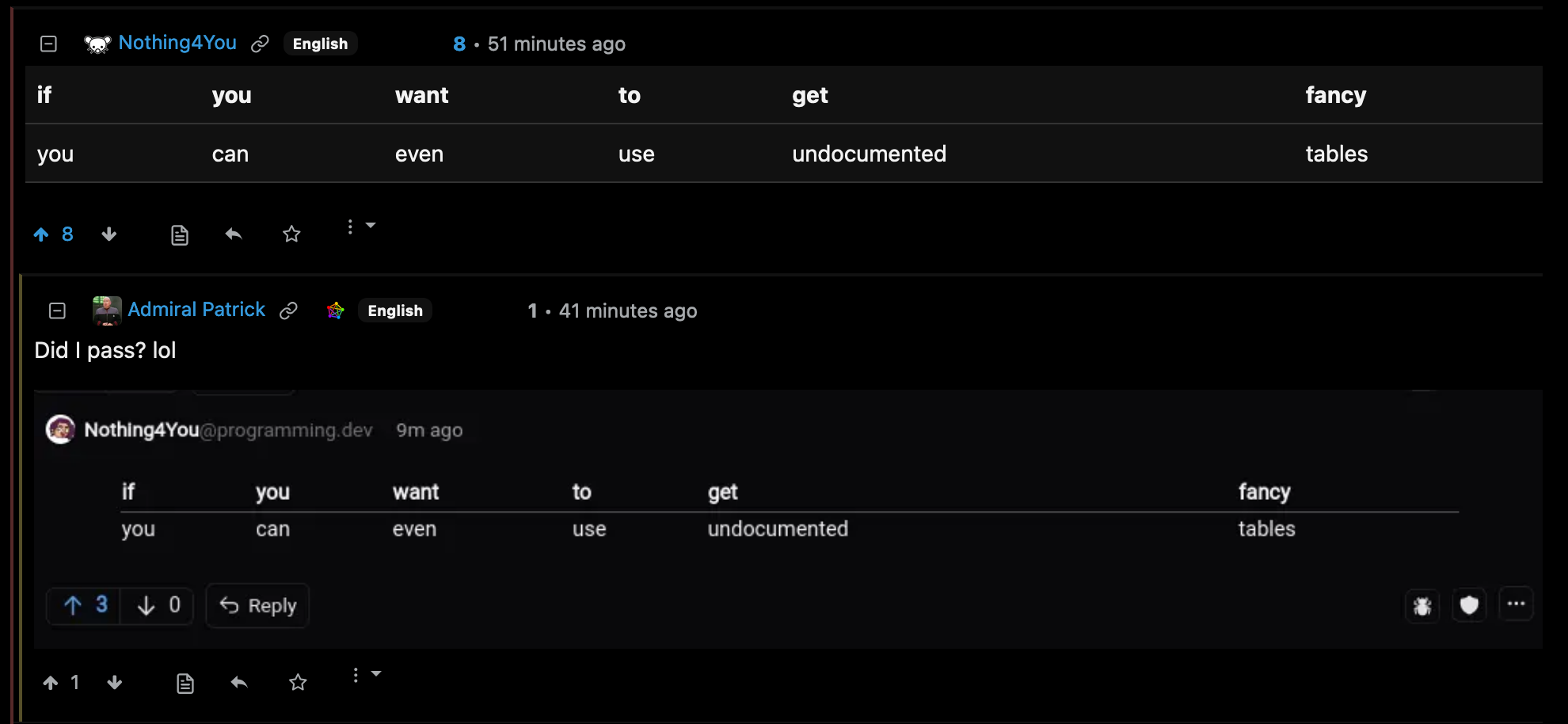

photos will never be pngs unless someone intentionally converts them to that format, as pngs are much worse than jpgs for storing this type of image. pngs are much better for computer generated images, such as screenshots, drawings, etc. you can also losslessly compress pngs with tools like pngcrush without converting them to jpg.



I’m not familiar with n8n but it’s fairly straightforward on the API side.
You’ll need a session token, also known as JWT, which you can get from logging in.
You typically don’t want to do a login for every post, so you’ll want to store that as a persistent value.
For authentication, you can pass the header
authorization: Bearer {jwt}, with{jwt}being the session token.https://join-lemmy.org/api/classes/LemmyHttp.html contains the API documentation.
You’ll need to figure out the id of the community that you want to post to.
If you need to look it up, you can use getCommunity to fetch its details. Afterwards you can use createPost to submit it.
The
formlinks for the methods explain the request body json values that should be provided.